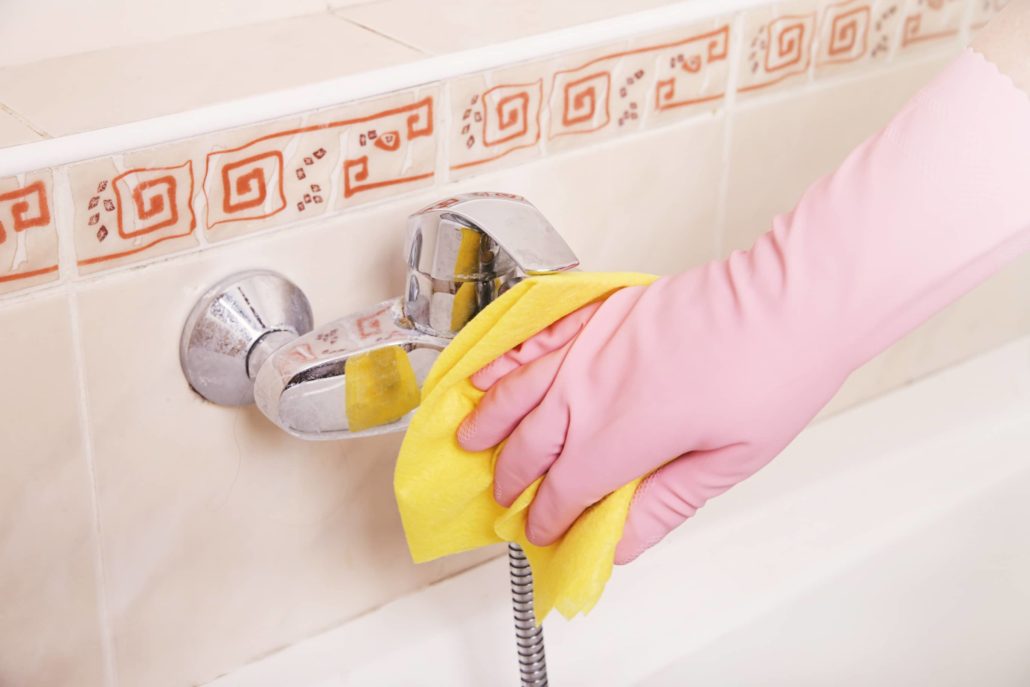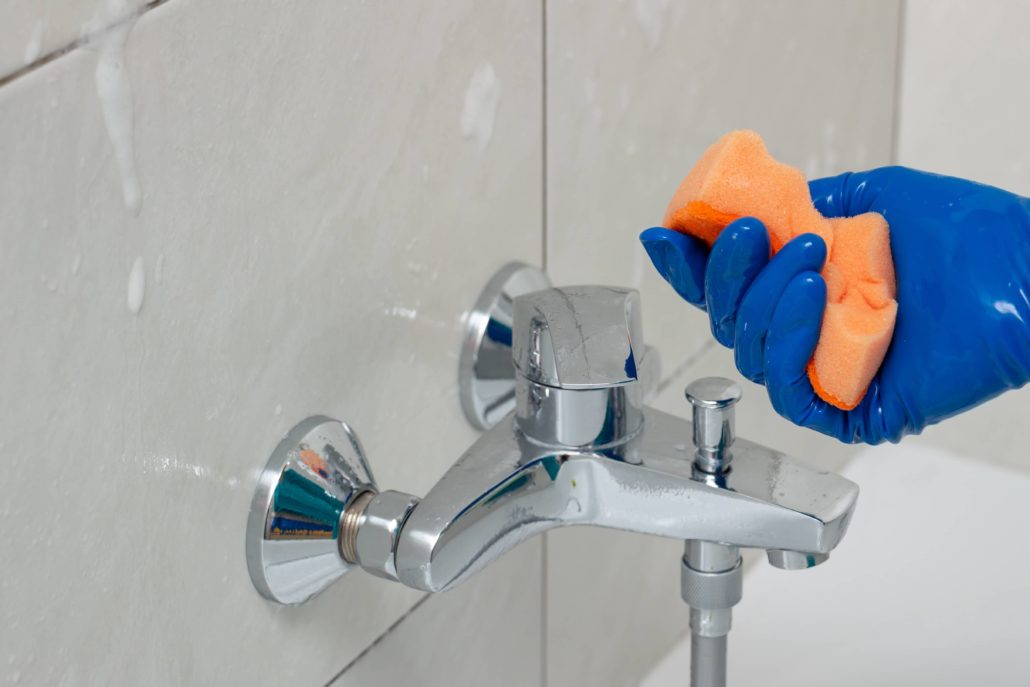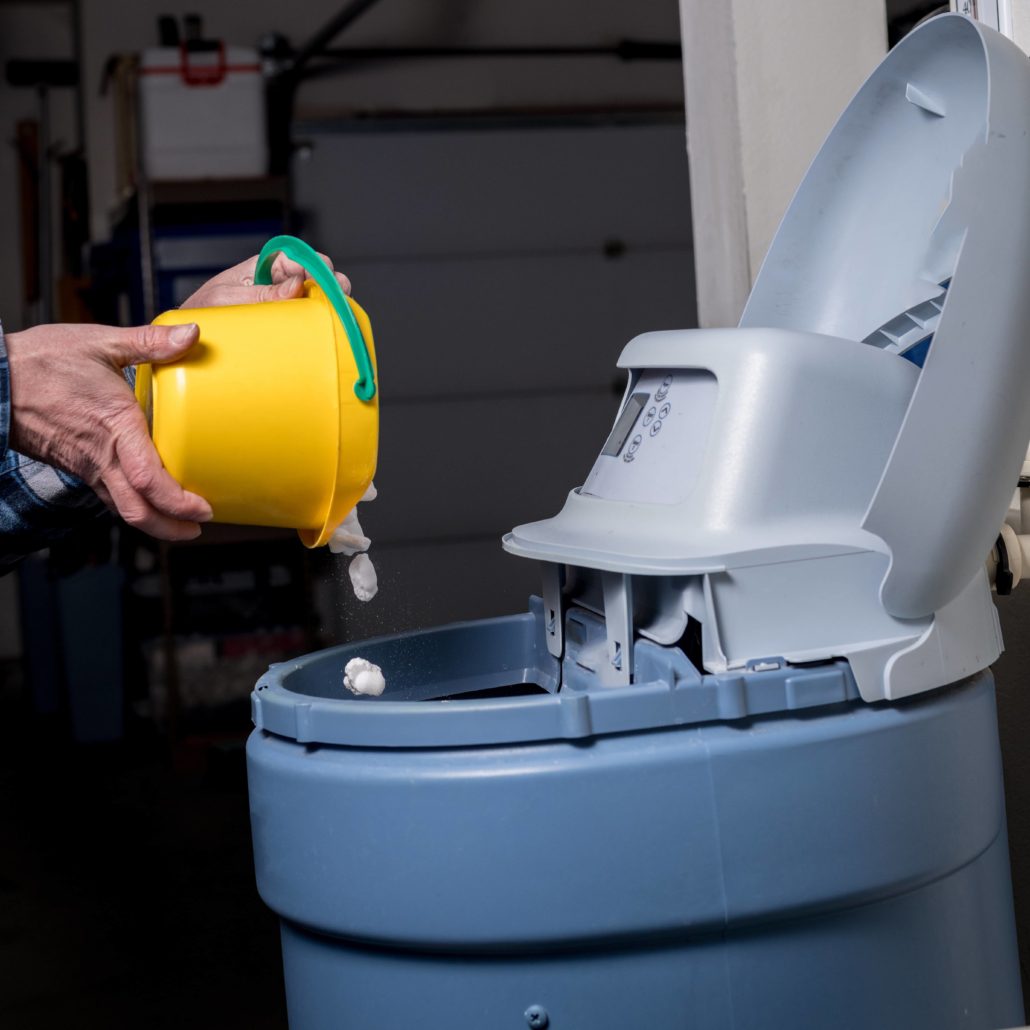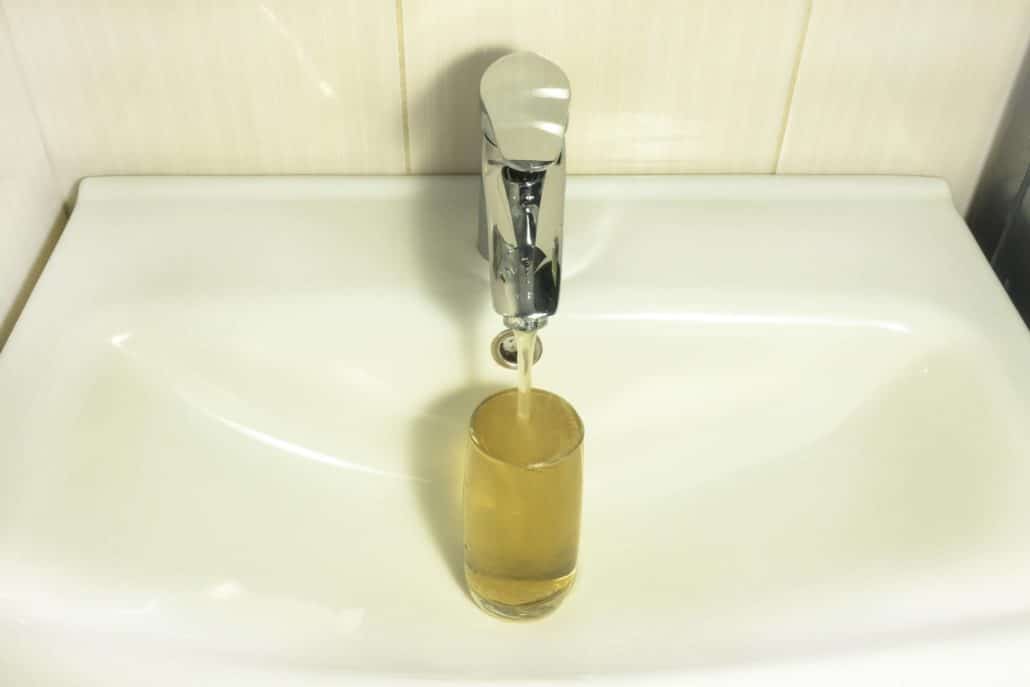How to Prevent Calcium Buildup on Faucets
Imagine, you come home from a nice long weekend away, and you have invited some friends over to dine with you. You make it to the kitchen sink to wash your hands and begin dinner preparations. As you look at the faucet where the water is coming out to clean your hands, you notice a white chalky film on the faucet head.
Questions begin to arise and you begin to freak out. This faucet does not look clean at all. You are thinking to yourself, how to prevent calcium buildup on faucets? Well, installing a water softener system or spending time using non-toxic methods to remove the calcium buildup.
How Calcium Builds-up on Faucets
Well, all of this happens when you have a “hard” water source. So, regardless of your time away, the water will release minerals and calcium deposits that affix themselves to the faucet heads. Fortunately, prior to your guests arriving, there is a quick solution to the problem. If you have hard water and lime deposits, you can install a water softener system.
Simply put, the calcium builds up due to minerals in the water source. So, if you have well-water there is a high chance that you will have lime, copper, and calcium in your water source. If you do not have a “soft” water system connected to your water source, then you will likely notice a build-up around the water faucets in your business or home.

How To Remove The Calcium Buildup
The easiest ways to remove the calcium buildup from your faucets are typical, simple home remedies. Here are some of the following items needed so that you can remove the calcium buildup from your faucets.
- Use a white vinegar in water mixture
- Paper towels or a rag of sort
- Plastic bag the size of a sandwich
- Rubber bands
- A sponge, textured cloth, or magic eraser
Using these items will allow for easy removal of your calcium build-up around the faucets in your home or business.

Steps To Achieving A Clean Faucet
Always use non-chemical products when you can. They are better for the air you breathe and often do an amazing job!
Here is a list of steps to accomplish your goals.
1. Read the CLR bottle (or vinegar) and make sure it’s compatible with your faucet material. We also recommend spot testing the CLR before beginning.
2. Use gloves and fill your Ziploc with 1 part CLR (or Vinegar), 1 part water.
3. Secure it on your faucet spout (shower head) with a rubber band and leave it for at least 3 hours.
4. Use a sponge (Magic Eraser) or paper towel and rub the buildup off.
5. After step #4 it should look just like new!
Invest in a Water Softener System to Prevent Calcium Buildup on Faucets
Do you live in a place where municipal water or well water is high in minerals? What could you do to fix this? Well, the softer the water, the less likely it is that you will experience calcium build-up on your faucets. Water softeners remove minerals such as calcium salts from your water. Removal of these minerals softens the water and reduces the production of calcium and lime build-up around your faucets.
When you are cleaning the areas where a faucet is present, it is best to check where the water comes out of the faucet. You will see if lime or calcium is building up around that water spout and screen locations.
Check out this video on how to clean the calcium off your faucets.

Problems Caused by Hard Water
As we have learned, it is difficult to prevent calcium buildup on faucets when you have hard water. It can lead to a lot of different problems so this is why having a water softener system is a good idea. Some of those problems are:
- Clothes look dirty and wear out faster
- Shower heads will clog
- Soaps scum on tubs and showers
- Damage to glass shower doors and plumbing fixtures
- Water pipes will clog

Maintenance in the Home
When you are taking a look at the calcium build-up, you will want to make sure you focus on a few other areas as well. One of those is to check to see if you have cloudy tap water. Cloudy tap water happens when you have hard water. Just like with the calcium build-up, you need a water softener. Also, if you have bubbles, you need to get rid of those and also test your well if you have one. You can also use a sediment filter to help make the water cleaner.
The hard water will also cause soap scum and water spots on the shower doors. Most people use a squeegee to get the water off, but it does not always work when you are dealing with hard water. You can also use baking soda, vinegar, borax, or lemon juice to clean the spots from the door.
We know that hard water can wreck havoc on the home so another area you will want to take a look at is the piping in your home. What if you think while looking around that you may have polybutylene pipes? Well, here is an indication:
- Stamped with the code “PB2110.”
- Flexible and sometimes curved.
- Not used for waste, drain or vent piping – only supply lines.
- Usually grey in color, but they can also be white, silver, black, or blue.
Knowing what type of plumbing you have in your home is important.
Non-toxic Ways to Clean the Calcium
A water softener system is not cheap and averages about $1500. However, if you don’t want to add one to your home, then there are ways you can clean the faucet heads with a simple less toxic solution such as baking soda. Many over-the-counter products produce a gas that can be harmful to the person applying the chemical. It is best to start with simple soap and water to clean the area. Moreover, you might consider a Mr. Clean “Magic Eraser” as well. Lastly, if none of the over-the-counter products work to your liking, you will want to call a professional to install a soft water system.
When Do I Call a Professional
You would think that a professional would be needed to help with preventing calcium buildup on faucets. As unfortunate as it might be, it is fairly easy to clean the deposits off of your faucets. We realize that you might not have time to clean regularly, and in many cases, the build-up happens quickly and to multiple locations. These locations could include the showerhead, the sink faucets, and the bathtub faucet.
Conclusion
After all is said and done, the worst issue with calcium build-up relates to water and minerals. Both are areas that you cannot control as a real estate owner. You get no say in how the municipality treats your water source or how the water from the aquifer/well is created. Your only hope in having a relative stress-free water faucet scenario is to install a water softener system into your water source. Home Inspection Geeks will take a look at your water and plumbing system during a home inspection in Chicago Metro Area.










